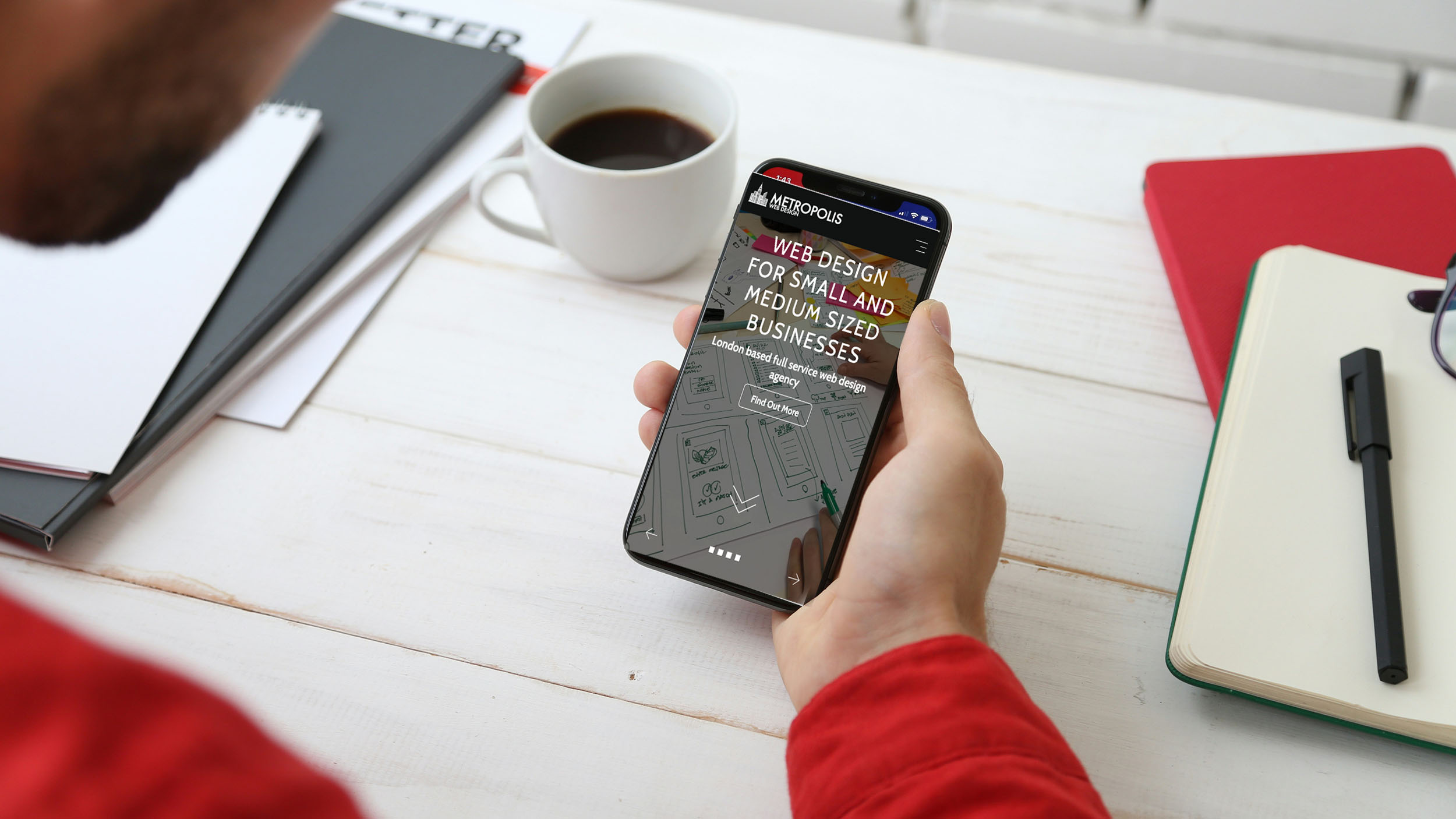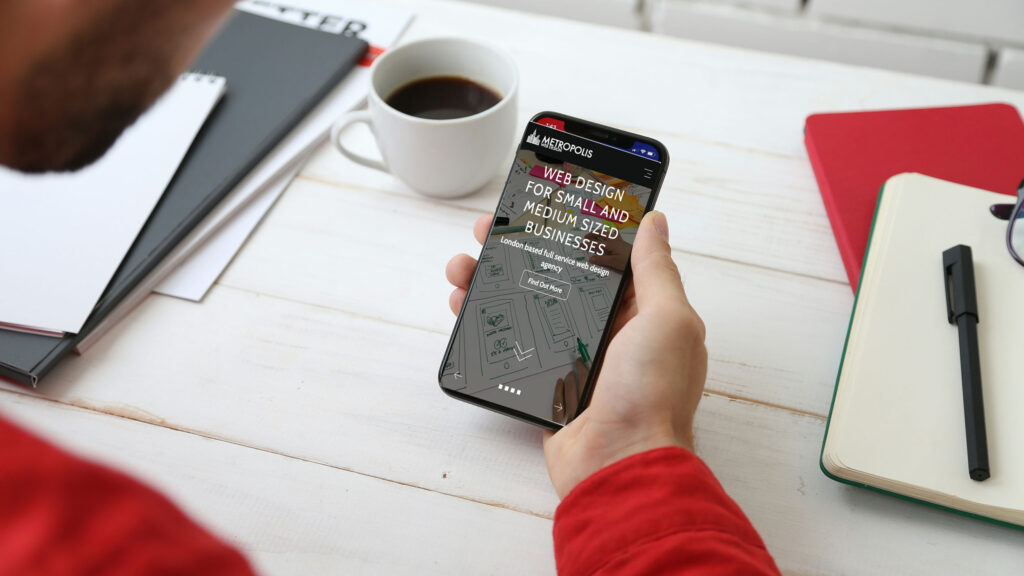
Keeping Your Website Fresh: Tips for Regular Content Updates

In the dynamic world of the internet, where attention spans are short and trends come and go in the blink of an eye, keeping your website fresh and engaging is crucial for attracting and retaining visitors.
While it may seem like a daunting task, regularly updating your website with new content doesn’t have to be a monumental effort. In this blog post, we’ll explore some practical tips to help website owners keep their sites fresh and relevant, one step at a time.
Embrace the Power of Regular Updates
Consistency is key when it comes to keeping your website fresh. Instead of overhauling your entire site in one go, focus on making small, incremental updates on a regular basis. Whether it’s adding a new blog post, refreshing your homepage content, or updating your product descriptions, even small changes can make a big difference in keeping your site looking and feeling current.
Harness the Power of Free Resources
When it comes to creating new content for your website, you don’t always have to start from scratch. There are plenty of free resources available online that can help you keep your site fresh without breaking the bank. For example, you can find high-quality, royalty-free photos on websites like Unsplash, Pexels, and Pixabay to add visual interest to your pages. Similarly, you can use language models like ChatGPT to generate ideas for blog posts, articles, or other written content.
Create a Content Calendar
To stay organized and ensure that you’re consistently updating your website with fresh content, consider creating a content calendar. This can be as simple as a spreadsheet or as sophisticated as a dedicated project management tool. Use your content calendar to plan out upcoming blog posts, website updates, and other content initiatives, setting deadlines and assigning responsibilities as needed.
Repurpose Existing Content
Don’t overlook the value of repurposing existing content to keep your website fresh. Take a look at your archive of blog posts, articles, and other content assets, and identify opportunities to update, expand, or repurpose them for new audiences or platforms. For example, you could turn a series of blog posts into an e-book, or repurpose a webinar recording into a series of short videos for social media.
Stay Engaged with Your Audience
Finally, don’t forget to stay engaged with your audience to keep your website feeling fresh and relevant. Encourage visitors to interact with your site by incorporating features like comment sections, social media integrations, or live chat support. Solicit feedback from your audience on what they’d like to see more of on your site, and use that input to guide your content creation efforts.
In conclusion, keeping your website fresh and engaging doesn’t have to be a daunting task. By embracing the power of regular updates, harnessing free resources, creating a content calendar, repurposing existing content, and staying engaged with your audience, you can ensure that your website remains a valuable and relevant resource for your visitors. So roll up your sleeves, dive in, and start refreshing your website one small update at a time!












